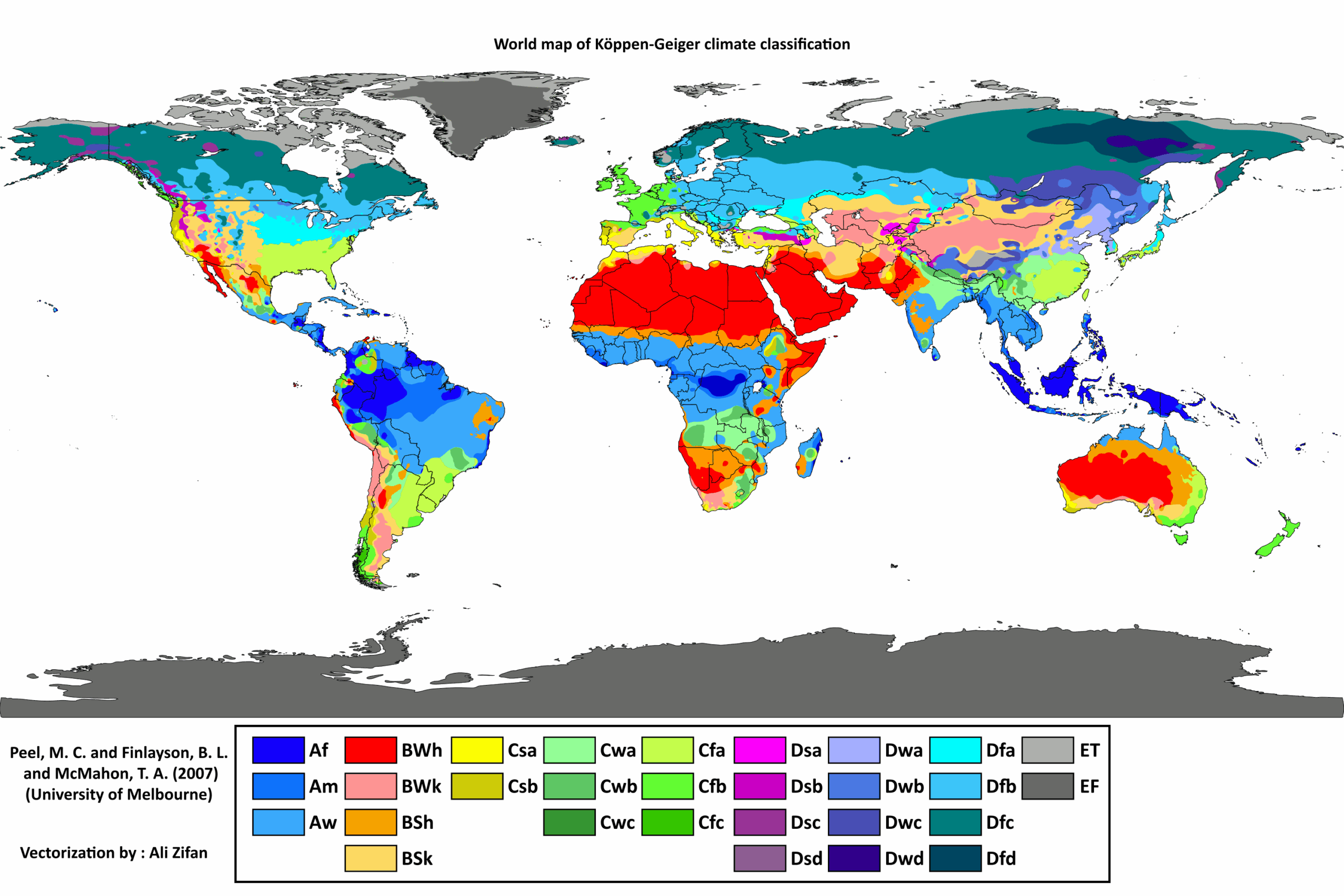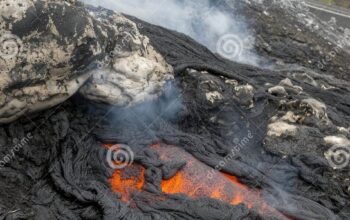As we stand at the precipice of an unprecedented climatic era, the emerging proclivities of our planet’s weather systems beckon attention and contemplation. The rigor of scientific inquiry converges with the daunting forecasts illuminating the impending searing summers that climate models entreat us to recognize. These predictive assessments illuminate not merely statistical probabilities but evoke vivid imagery—a world increasingly marinated in heat.
The intricate tapestry of climate science often intertwines mathematical prowess with empirical observations, yielding models that simulate atmospheric dynamics and surface interactions. As we examine these models, it becomes evident that our summer solstice, once a herald of jubilant festivities and warmth, now carries an undertone of trepidation. The projections elucidate an alarming upward trajectory in temperature averages, engendering concerns about environmental integrity, agricultural viability, and human health.
To elucidate this phenomenon, one must traverse the foundational principles underpinning climate modeling. Utilizing expansive datasets, from satellite imagery to oceanic currents, scientists employ sophisticated algorithms that encapsulate myriad variables influencing climate. The results of these models suggest that by the end of this century, regions once cherished for their temperate climes may succumb to relentless heatwaves, transforming ecosystems and livelihoods alike.
In the Northern Hemisphere, the transformation is particularly poignant. Cities, often dubbed the ‘concrete jungles’ due to their towering edifices and asphalt expanses, become akin to furnaces during the peak summer months. Urban heat islands—areas significantly warmer than their rural counterparts—exacerbate the phenomenon as buildings and infrastructure absorb and re-radiate heat. During a typical summer, these urban centers may experience temperatures soaring 10°F or higher than surrounding regions, engendering a new reality where the mere act of going outdoors transmutes into a negotiation with discomfort.
In the realm of agriculture, the implications are equally dire. Farmers find themselves at a crossroads, as traditional crops face duress from prolonged periods of extreme heat. Corn, wheat, and soybeans—crops often deemed bastions of human sustenance—are particularly susceptible. When temperatures ascend beyond critical thresholds, photosynthesis falters, halting growth and ultimately diminishing yields. The specter of food insecurity looms large, escalating not only economic disparities but also potential geopolitical tensions spurred by dwindling resources.
Furthermore, the ripple effects of increased heat extend into the tapestry of public health. With higher temperatures come harsh consequences: exacerbated air quality, intensified allergens, and heightened risks of heat-related illnesses. Vulnerable populations, including the elderly and those with pre-existing health conditions, may find themselves in precarious predicaments, as emergency services become overextended in response to surging heat-related incidents. A mere summer day in the future could devolve into a battleground for survival.
Yet, within this disconcerting narrative lies a glimmer of hope—a clarion call to action. The revelations afforded by climate models empower humanity with the knowledge necessary for adaptation and mitigation. Urban planners are primed to re-envision cities, incorporating green spaces and reflective materials to combat heat retention. Moreover, advancements in agricultural technology herald innovative methods of crop resilience, including the cultivation of heat-resistant strains and the implementation of advanced irrigation systems.
As the scientific community and policymakers come together, the value of interdisciplinary collaboration becomes apparent. The intricacies of climate systems require insights from meteorologists, ecologists, economists, and sociologists alike. This convergence is where innovation brews, fostering the development of sustainable solutions and resilience strategies that may ultimately alter the course of our thermal trajectory.
Moreover, public awareness plays an instrumental role in shaping climate narratives. The societal fabric must be woven with education and engagement, empowering individuals to comprehend their ecological impact and galvanize collective action. Grassroots movements, spurred by an informed citizenry, have the potential to influence policy change, as demands for sustainable practices and renewable energy sources sow the seeds for a resilient future.
In summation, the odyssey toward our future summers encapsulates a labyrinthine intersection of scientific foresight and societal adaptation. The searing summers projected by climate models are not a harbinger of inevitability but rather a siren call imploring humanity to embrace its agency. Through informed choices and concerted efforts, society can maneuver through the shifting climatic landscape, fostering a thriving, resilient ecosystem even amidst the encroaching heat.
Climate models elucidate a future laden with challenges, yet they also illuminate pathways to adaptation. As stewards of this planet, individuals, communities, and nations alike must heed the warnings issued by science. Embracing sustainability, enhancing resilience, and fostering an ethos of environmental stewardship hold the key to mitigating the harsh realities of the searing summers that lie ahead. In the face of this climatic crucible, the collective human spirit must rise, echoing through the corridors of time that urgency does not preclude opportunity.












